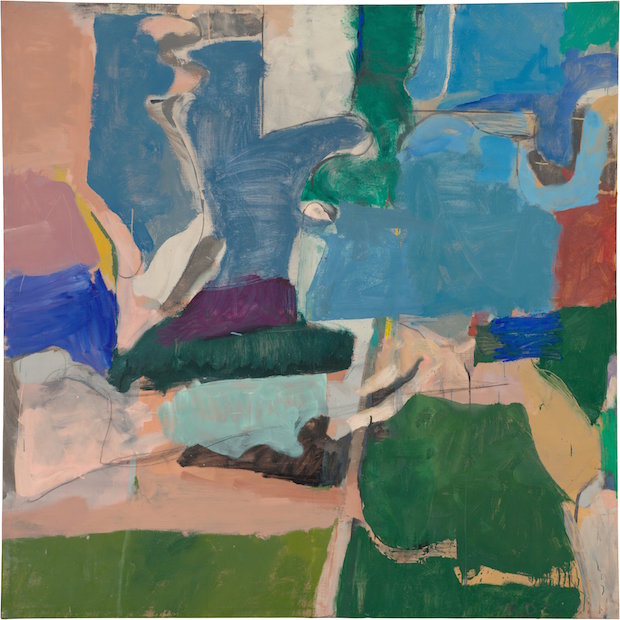It is true that, like wine, certain artists don’t travel. Richard Diebenkorn, subject of the spring exhibition in the Royal Academy’s Sackler Wing, is a case in point: an American painter who is revered in his native land, but of whom few will have heard over here. Will the RA show change that, and — more crucially — does it deserve to? Up to a point.
Diebenkorn (1922–93) was no Mark Rothko or Willem de Kooning. He was a second-generation abstract expressionist, almost two decades younger than those two, and a lower-voltage talent to boot. But he created some memorably beautiful pictures, most of the best of them situated in the elusive territory between pure abstraction and landscape painting.
Diebenkorn’s first mature works, dating from the early 1950s, have a slightly familiar look to a British eye. It is hard, in the first room of the show, not to find the words ‘St Ives’ popping into mind. Diebenkorn was a contemporary of British painters such as Peter Lanyon and Patrick Heron, and he was doing something similar to the St Ives School: blending abstraction with a feeling for local terrain (in Diebenkorn’s case, initially, that of New Mexico rather than West Penwith).
In the mid-50s Diebenkorn returned to his native California and, shortly afterwards, switched to painting identifiable people and places. Even so, the results continue to demonstrate the arbitrariness of the distinction between representational and non-representational art.

Paintings such as ‘Cityscape #1’ (1963) have suggestions of an actual scene — a road, some shadows, a definite horizon — but the geometric layout and the mood are much the same as in his later, ostensibly abstract pictures.








Comments
Join the debate for just £1 a month
Be part of the conversation with other Spectator readers by getting your first three months for £3.
UNLOCK ACCESS Just £1 a monthAlready a subscriber? Log in